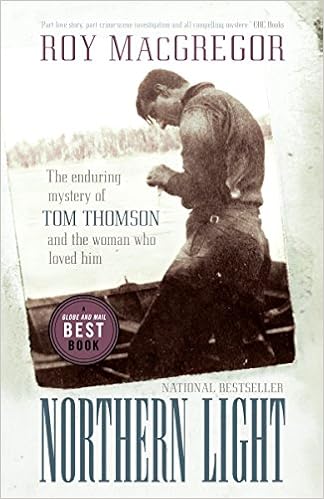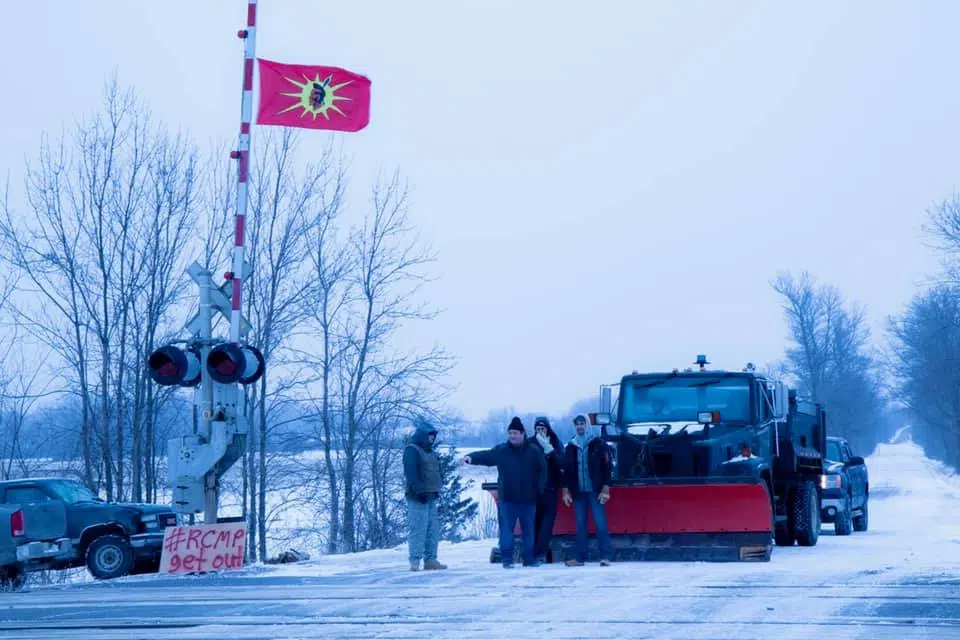Former President of Haiku Canada Terry Ann Carter is in the process of writing and publishing a history of Haiku Canada. Over the years I've sent her a number of chapbooks from the early days, and also replied to her questions as best I can. Following is a recent email I sent her to try to clarify my role in and perspective on some history of Haiku Canada (as well as on English language haiku in general).
I'll take a few mins now to try to fill in a few gaps in my background and role in haiku for you, as you sound confused about Unfinished Monument Press and other activities about where and when I was active in the haiku community, and especially how my history may fit in with the greater picture you're trying to uncover. Of course what I'm writing will be a bit solipsistic, but that's the best I can do, and I have been active in writing and publishing haiku from 1967 onward (now over half a century!)
You've also given me a great excuse NOT to go on the planned bitterly cold evening walk on the towpath by the Crowe, and I've poured a glass of chiraz to keep me inspired.
I was born in Hamilton (1948), but only lived there for a few months when I first returned to Canada in 1972 after living in a commune in London, UK and traveling around Europe. This story is told in my memoir "Eel Pie Dharma", first self-published with my Unfinished Monument Press in 1990 (one of the earliest English language book length haibun), and then republished with Tai Grove's Hidden Brook Press in a professional edition in 2012.
I didn't meet the Hamilton haijin, or any other haiku poets in person, until that first founding gathering of what became Haiku Canada at Eric Amann's apartment in the late 1970s. This is where I connected with Margaret Saunders, and it was probably through her that I also connected with Herb and then Jeff.
college days, anti-draft activism and intro to haiku and Eric:
My intro to haiku happened while sitting in the library at Miami-Dade Junior College in 1967 (now Miami-Dade College) and I found an ad in the Village Voice classifieds for "Haiku" magazine. I'd been writing short poems, and the editor of the M-D lit mag, "Southwind", told me they resembled haiku. So I wrote off for a copy of "Haiku", and this is how I connected with Eric. Eric was a med student or doing his early hospital residencies in NYC, and had discovered haiku as a lonely expat Canadian. (Have you read Eric's autobiography, "The House on Fountain Street" - Can't find my signed copy right now in the dark of my study)
"Haiku" duly arrived and I immediately identified with the haiku form. My family had moved back to Key Biscayne (island off Miami) after living in a suburb of Atlanta during my high school years. I'd mistakenly registered with the draft board in Atlanta, which cost me dearly when I became very active in opposing the Vietnam War. I organized a campus group to counsel against the draft, and also began applying for conscientious objector status. Jim Christy has a parallel background with opposing the war. As one of the highest profile anti-war activists in Miami, the draft board, way off in Atlanta, soon went after me.
I was extremely stressed in this period (circa 1967-69), and I began writing haiku as an outlet for the stress and began sending haiku to Eric. Eric rejected my first attempts, but soon started accepting them for publication in his influential mag. I also began practicing yoga and meditation at this time.
Eric's "Haiku" was a leader in the very small field of haiku practitioners and small mags and broadsheets. There were a handful of these, but Eric's mag was acknowledged to be at the forefront in developing a modern, English language version of haiku. In the 1960s almost all haiku were written in the rigid 5-7-5 form, but Eric bravely promoted a shorter, looser form. He was my mentor, and I did my best to write haiku which fit into his forward thinking views. My haiku were published in all the small North American mags and broadsheets. But . . . in June 1969 the draft board caught up with me and sent 3 induction notices in one week. It was time for me to leave the U.S. I was a permanent resident (green card holder) from age 7 or 8 until I left just weeks before my 21st birthday. As a foreign national they would have deported me rather than jailed me anyway I assume : )
hippie street life in a commune and first 2 haiku collections in 1969:
Rather than return to Canada, my father thought I should go to England, which was a horrible idea. I stayed with my snotty older cousin and his doctor wife for a month or so, and then they unceremoniously threw me out into the street. I ended up living in the nearby Eel Pie Island Hotel hippie squat for the next 1 1/2 years. With the last of my small savings I self-published two chapbooks of haiku (I sent you one of these, "Cricket Formations") in the summer of 1969. The haiku in CF were all non-standard haiku, and most of them have stood the test of time and half a century later they are as publishable now as they were then considered cutting-edge in the small haiku community of the late 1960s. Michael McClintock, who remains a staunch haijin, published a selection of my haiku in one of the Amerikan haiku mags, with a very nice bio note and intro. This would have been circa 1970, and "Southwind", the Miami-Dade lit mag, also did a full page feature of my haiku. All of this didn't mean as much to me as it might have, as I was literally scrambling to find enough food to eat and a blanket to keep me warm in small room in the abandoned Eel Pie Island Hotel.
Return to Canada and poetry:
After 3 years of hippie street life and wandering about Europe (all detailed in "Eel Pie Island Dharma: a memoir/haibun) I desperately needed to change my life at age 24. I decided to visit Canada. After all, Canada couldn't be any less impoverishing or squalid than my young life had become in England. I enrolled at university, but after years of smoking hash and dropping acid, the academic life didn't suit me. I ended up joining The Canadian Liberation Movement, a Maoist/Stalinist sect that was anti-imperialist as well as staunchly pro-Canadian culture. Too much happened to write about here, but in CLM I met one of Canada's leading poets, GG winner Milton Acorn. Friendship with Milton encouraged me to return to writing poetry, which I've continued to do ever since.
I did a variety of jobs to survive, including working as a steelworker/union organizer in Guelph and then a cook at the Univ. of Toronto. I even got chef's papers through George Brown College, but my calling continued to be poetry, including haiku.
I managed to get a few of my politikal poems published in leftwing papers and mags like "Alive" in Guelph and "the Red Menace" in Toronto. Around this time, 1976-77, I met Toronto poet Ted Plantos through a mutual friend, Tom Clement. Tom was working as manager with the remains of the publishing arm of the CLM after it disbanded circa 1975, and it was through Steel Rail Press publishing and meetingTed that I realized I could start my own small press, as Ted had done with his Old Nun Press.
Unfinished Monument Press and The Main Street Library Poetry Series:
Following Ted's example, I self-published a collection of my poetry, "Dominion Day in Jail", by founding Unfinished Monument Press in 1978. The monument referred to is a memorial to two of the martyrs in the 1838 Rebellion, a holdover from CLM days.
There was a burgeoning poetry scene in Toronto and other poets asked to share my Unfinished Monument imprint. Sometimes the poets did all the work themselves, and sometimes I did most of it. UMP published first collections by such prestigious poets as Robert Priest ("The Visible Man"), my friend Tom Clement ("Superman"), Jim Deahl's first work ("Real Poetry"), Margaret Saunder's first ((haiku "A Flock of Blackbirds"), Lynne Kositsky's first ("PCB Jam"), Bruce Hunter's first ("Selected Canadian Rifles") etc. etc. . UMP published quite a Who's Who of the Toronto poetry scene from its founding until I gave it to poet Jim Deahl in the early 1990s.
Ted Plantos had also coordinated a poetry series at a Cabbagetown branch of Toronto Libraries. He had recently folded the series, and as there was only one other ongoing poetry venue in Toronto at the time, The Axle-Tree Readings, I decided to again follow Ted's example and in 1979 I started the monthly Main Street Library Poetry Series at my local branch of Toronto Public Library (TPL).
By accident I had become a bit of an amateur impresario on the Toronto poetry scene, and I was able to first publish poets, or discover unpublished poets through the readings, and then feature them. I was also able to wrangle a job as a low paid desk clerk at the library through my volunteer work as the poetry series organizer. As the series was successful, I was further able to encourage many of my house poets by getting them onto the Canada Council list of sponsored readings (e.g. they could get paid to travel and do a few readings a year).
back to haiku:
So it was during this creative period of publishing poetry with UMP and featuring poets at the readings that Dr. Eric Amann and George Swede decided to hold an informal meeting of other haiku writers. As the founder of both UMP and the reading series, I was able to give various haiku poets the ability to publish and to perform their work.
On Oct. 21, 1981 I featured George Swede and the Haiku Workshop. Reading the signed guest book under flashlight, I can find George's name, Keith Southward (he was the original editor of HC's mag/newsletter "Inkstone), Denise Coney (she and Keith were a 'power haiku' couple for a while), Irene Mcguire, Jan Dawson, Nancy Prasad, Shaunt Basmajian, and myself of course. Probably others whose names I can't read or remember.
Many other major and minor poets read at the series, and there would have been features of other haiku poets. The series ran for 6 years and 62 readings. The readings played an important role in introducing poets to each other, and among the featured poets at a glance I see Milton Acorn, jones, Herb Barrett, Jeff Seffinga, Margaret Saunders. In total over 100 poets, and much of the creativity, the plotting, building and destruction of poetic empires, occurred at various pubs after the readings.
Phewww
Terry, I don't know if the above babble is going to help or confuse you! Writing a history, even my own perhaps, will always have an element of revisionism. The complex intertwining of personal stories, serendipitous meetings, and a pint or two of lubrication makes the task of accurately documenting history, even as ephemeral a one as Haiku Canada's, an almost impossible task.
GOOD LUCK!!!
Chris/cricket


